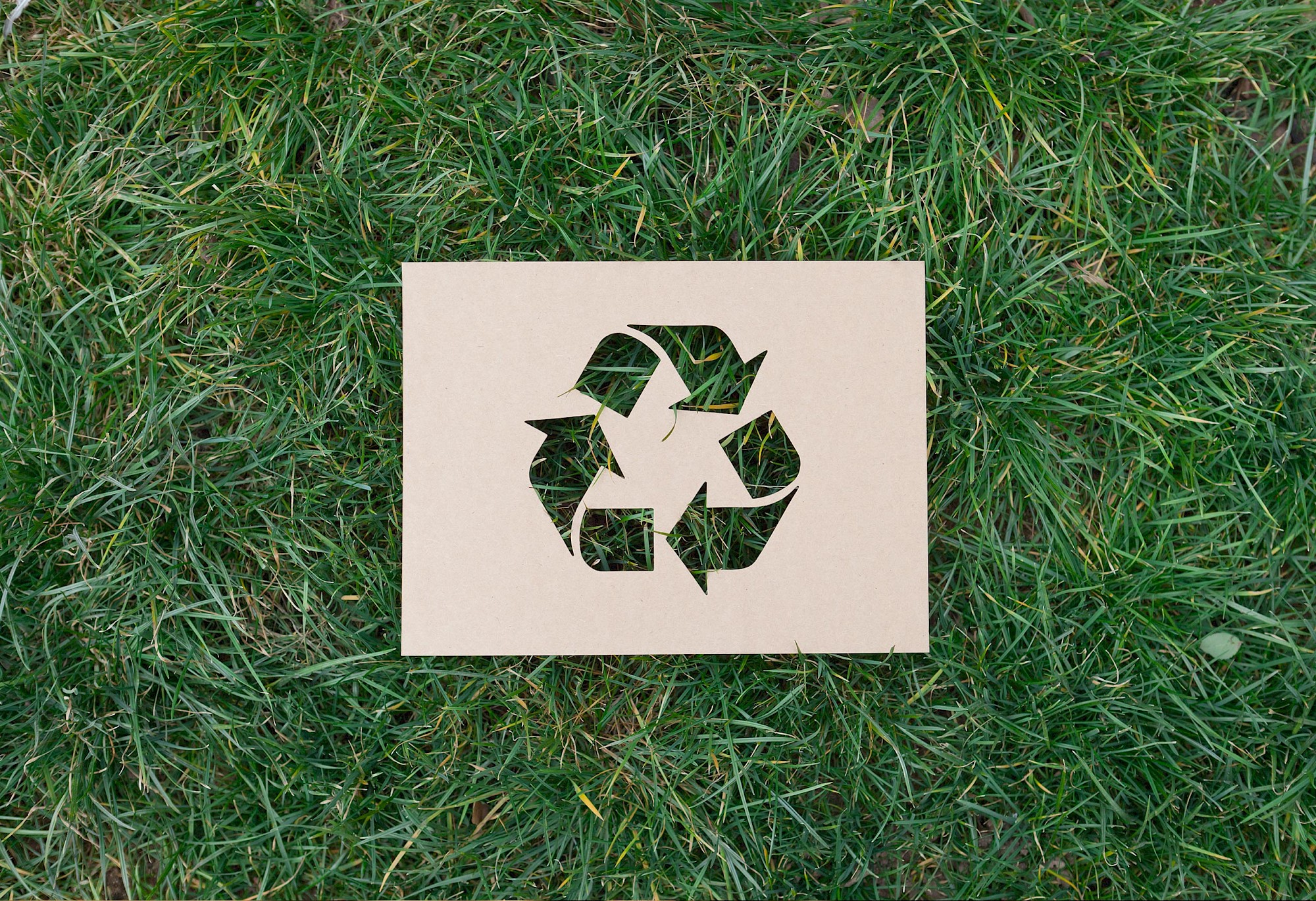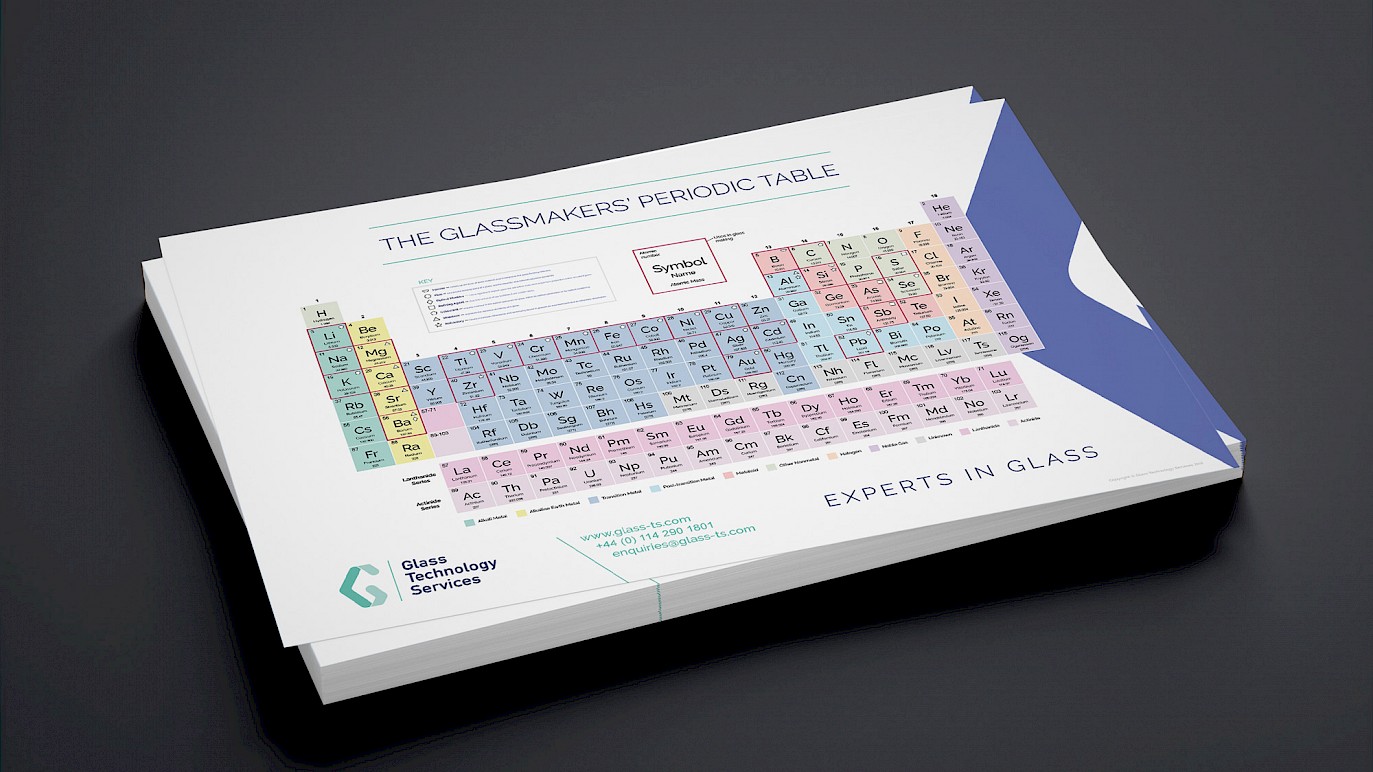This study aims to give an overview of the UK supply chain for recycled glass by looking at the estimated a risings of different glass types, current collections levels, and existing and potential markets in each region.
Part one of the report details the sources of data used and outlines potential markets and collection methodologies for recycled glass and an indication of the economics of these markets. Based on the data gathered part two attempts to identify plausible areas of further investigation or development in each region in order to promote the environmental and economic benefits of glass recycling on a regional basis.
The study utilises data from the DEFRA WasteDataFlow survey from October 2005 to September 2006 and is supplemented with information from British Glass and a survey on colour separation carried out for WRAP by Enviros. Additional information on current and prospective alternative markets has been gathered by literature and internet searches. This study does not consider wholesale changes to the way in which containers are used and recycled in the UK, or material substitution in container use.
Although the situation varies from region to region general conclusions that apply to the country as a whole are summarised below.
- All regions have collection schemes in place for container glass using a combination of bring sites (bottle banks) and kerbside collections. No region has 100% of the population serviced by kerbside collections. In expanding kerbside collections consideration should be given to availability and quality requirements of end markets. Colour separated collections are preferential if glass is destined for closed loop applications such as container manufacture. Colour separated glass commands a higher price when sold on to reprocessors which will at least partially offset the additional collection cost. Glass collected as mixed colour is acceptable to glass processors who have sorting facilities providing the size fractions are large enough to be colour detected by the sorting equipment (approx. 10 mm and above). Mixed glass is also suitable for alternative markets such as grinding and crushing for aggregates use etc.
- There are few regions with schemes designed to collect window and other flat glass. If collected in an uncontaminated state this commands a high price. Collection schemes as part of a multi-material scheme with the aluminium and UPVC that make up double glazing units can increase profit levels.
- Currently, and considering existing packaging requirements and UK supply chain, the most environmentally beneficial use for recycled glass is to return it to glass manufacturers for re-melt into new glass products such as containers. This saves both energy and reduces the use of virgin raw materials, both of which lead to a reduction in carbon emissions.
- Using glass cullet in the manufacture of fibreglass has similar benefits in terms of energy and raw material saving as re-melting by the glass industry. At present the glass used to make fibre can only be recycled that once, rather than recycled infinitely such as glass containers after each use by the consumer. However, once installed fibre glass will have a long life expectancy (typically 20+ years) in comparison to glass packaging/containers whose life expectancy is likely to be nearer to 1 year.
- There is more green glass collected than can be used by the UK container glass industry. Under current market conditions the most environmentally beneficial options for this surplus are to either export it to overseas container manufacturers, or to use it within the UK fibre glass manufacturing industry.
- The use of recycled glass for aggregates is an established market in the UK, and although closed loop applications such as re-melt offer better environmental benefits the aggregates route is an appropriate option for glass that does not meet the quality requirements for closed loop uses.
- Trials and small scale commercial operations have proven the use of recycled glass in building products and as an active filtration media for water treatment. There is reluctance from customers to pay a higher price sometimes associated with glass based products compared with traditional materials. Increases in the landfill tax or increases in procurement decision making on an environmental basis could alter the economics and boost demand in these markets which could provide the impetus for regional production.
It is intended that regional partners use part two of this report to identify areas for further investigation. Part one and the bibliography provide background information to the options suggested. This study is intended as a starting point only and a more detailed feasibility study and economic model would be required before progressing the opportunities identified.

